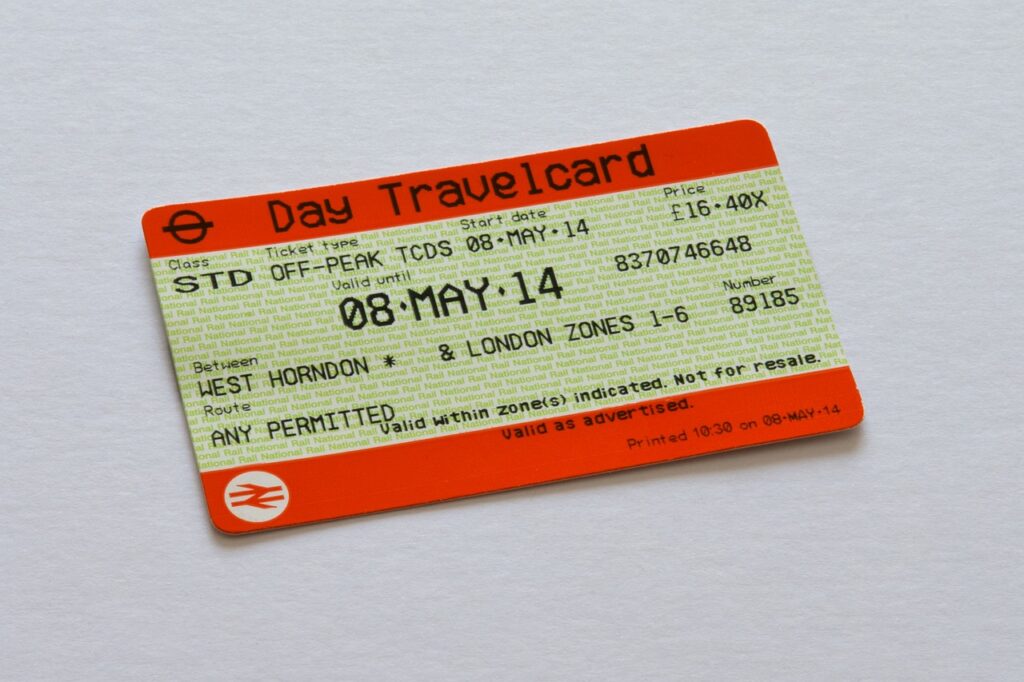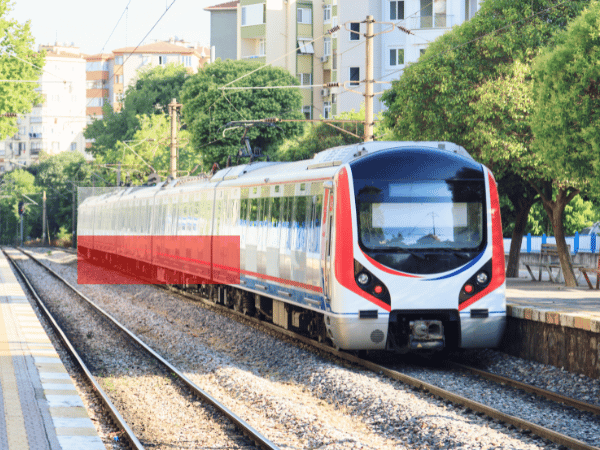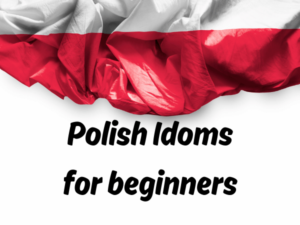Whether you’re visiting Poland for the first time or settling in for a longer stay, mastering public transport in Poland will make your travel experience much easier. From buses and trams to metro systems, public transport in Poland offers an extensive and reliable network across the country. To help you navigate like a local, here’s a detailed guide answering common questions that foreigners often have about getting around using public transport in Poland.

1. How Do I Buy a Ticket for Buses, Trams, or the Metro?

Buying tickets for public transport is simple. You can purchase them at machines found at most stops, inside some vehicles, or through mobile apps. Two popular apps for buying tickets in Poland are:
- Jakdojade: This app not only helps you buy tickets but also allows you to plan your route and check real-time schedules for buses, trams, and metro systems.
- SkyCash: Another convenient option, SkyCash lets you purchase tickets for various modes of transport and pay for parking in some cities.
- Koleo: Specifically designed for intercity travel, this app allows you to buy tickets for trains and check schedules.
- Intercity.pl: This app is ideal for booking tickets on intercity trains, making it easy to travel between major Polish cities.
Additionally, kiosks often sell tickets, making it easy to access transportation throughout your journey. Whether you’re taking a bus, tram, or metro, you’ll always find multiple ways to buy your ticket and enjoy seamless travel.
2. Can I Pay for Tickets Using My Phone or Contactless Card?

Yes, many cities have adopted contactless payment systems. Whether you’re using Google Pay, Apple Pay, or a contactless credit card, buying a ticket is simple. This option makes it convenient for foreigners to travel without the need for cash.
3. What’s the Difference Between a Single-Ride Ticket and a Timed Ticket?

You’ll come across different ticket types. A single-ride ticket is valid for one uninterrupted journey, while a timed ticket lets you transfer between different vehicles (buses, trams, etc.) within a set time, such as 20 or 75 minutes. Timed tickets are useful if you need to switch during your trip.
4. How Do I Validate My Ticket Once I’m Onboard?
When using public transport in Poland, ticket validation is key. Look for yellow or orange machines in buses and trams to validate your paper ticket. If you’re using a mobile app, simply activate the ticket on your phone before boarding. Failure to validate can result in fines, so always make sure your ticket is ready when you enter any form of public transport in Poland.
5. Are There Different Zones in Cities Like Warsaw?
In cities like Warsaw, public transport in Poland often operates under a zone system. There are usually two zones: Zone 1 for the city center and nearby areas, and Zone 2 for the suburbs. Make sure to choose the correct ticket based on which zone you’ll be traveling in. This is a common feature of public transport in Poland, especially in larger cities.
6. Is Public Transport Available at Night?
Yes, night services are available in most major cities when it comes to public transport in Poland. Night buses and trams, usually marked with an “N”, operate after midnight but with fewer frequencies. Checking schedules in advance is recommended to avoid long waits when traveling late at night via public transport in Poland.
7. What’s the Penalty for Not Having a Valid Ticket?
Ticket inspectors regularly check passengers on public transport in Poland. If you’re caught without a valid ticket, expect a hefty fine, typically around 200-300 PLN (€50-70). This underscores the importance of always having a valid and validated ticket when using public transport in Poland to avoid any inconvenience.
8. Are There Discounts for Tourists, Students, or Seniors?
One of the benefits of using public transport in Poland is that students, seniors, and children are eligible for discounted fares. However, it’s important to note that only students who study in Poland can receive this discount, so be sure to carry proof of eligibility, such as a student ID or senior card. Some cities also offer special tourist passes for unlimited use of public transport in Poland over several days.
9. How Do I Get to the Airport Using Public Transport?
Reaching the airport via public transport in Poland is straightforward. Cities like Warsaw, Kraków, and Gdańsk offer efficient bus and train connections to their airports. For example, the SKM trains in Warsaw and Gdańsk provide fast and convenient transfers, making public transport in Poland a stress-free option for airport travel.
10. Can I Bring Luggage or a Bicycle on the Bus or Tram?
Many forms of public transport in Poland allow passengers to bring luggage or a bicycle, although in some cases, you may need to buy an additional ticket for larger items. Regulations vary by city and transport type, but generally, Poland’s public transport is accommodating to travelers with luggage.
11. Is the Public Transport System Reliable and Punctual?
The punctuality of public transport in Poland is generally excellent, especially in larger cities. While delays can occur during peak hours or bad weather, using apps like Jakdojade will help you stay updated with real-time schedules, ensuring that you have a smooth experience navigating public transport in Poland.
12. What’s the Easiest Way to Travel Between Cities Using Public Transport?
For intercity travel, public transport in Poland includes an extensive train network operated by PKP Intercity, providing fast connections between major cities. Long-distance buses, such as Flixbus or PolskiBus, are another affordable and reliable option for exploring Poland.
By following these tips and tricks, you’ll be able to navigate public transport in Poland like a local. Whether you’re exploring the vibrant city of Warsaw or traveling to other parts of the country, public transport in Poland offers a convenient, efficient, and budget-friendly way to get around. Happy travels!
If you enjoyed this article, I invite you to click on ‘Polish Lessons’ to explore more great content and learn about the Polish language and culture.




